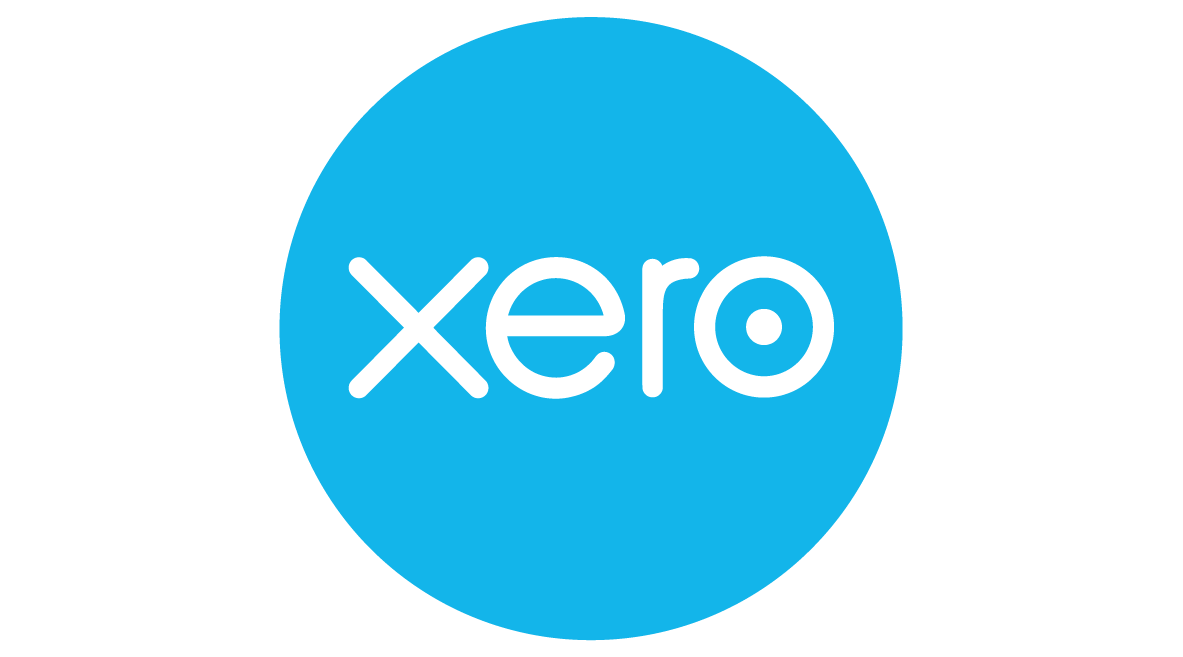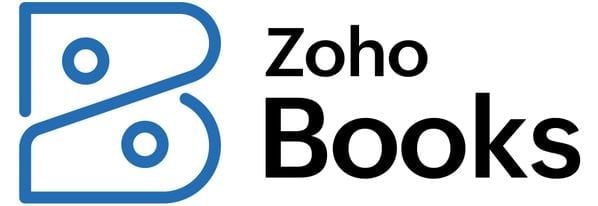Balance Sheet: Definition, Uses and How to Create One

Many or all of the products featured here are from our partners who compensate us. This influences which products we write about and where and how the product appears on a page. However, this does not influence our evaluations. Our opinions are our own. Here is a list of our partners and here's how we make money.
The balance sheet summarizes your business's financial status as of a certain date. It follows the accounting equation: Assets = Liabilities + Owner's equity. In non-accounting terms, the balance sheet tells you what your business owns (assets), what it owes (liabilities), and what the owner's stake in the business is (equity).
If you think of your financial statements as the story of your business, then the balance sheet serves as the CliffsNotes version of that story. Every transaction in your business impacts the balance sheet in some way.
FEATURED
What does a balance sheet include?
The balance sheet includes three broad categories of information:
Assets.
Liabilities.
Owner's equity.
Assets
Assets are the things your business owns. Most balance sheets break down assets into two subcategories.
Current assets are cash, cash equivalents, and things that can be easily converted into cash within the next 12 months. Your bank accounts, petty cash, accounts receivable (amounts customers owe to you), and inventory are all examples of current assets.
Fixed assets are things your business owns that aren't likely to be converted into cash (sold) within a 12-month period. This includes land, buildings, heavy equipment, vehicles, and long-term loans to customers. Some businesses also have intangible assets, like trademarks and patents, listed under fixed assets on their balance sheets.
Liabilities
Liabilities are amounts your business owes to others. As with assets, most balance sheets break down liabilities into two subcategories.
Current liabilities are amounts you are likely to pay within the next 12 months. This includes amounts due to vendors for utilities and inventory (accounts payable), credit card balances, sales tax and payroll taxes you've collected but not yet submitted to the government, and the portion of loan balances due within the next 12 months. In addition, if you have a line of credit for your business, that will usually be listed as a current liability on your balance sheet.
Long-term liabilities are amounts due in the future beyond the next 12 months. This would include the mortgage on your building, vehicle loans, and long-term leases.
Equity
Equity balances out the difference between assets and liabilities. It is your stake in the business. You can also look at equity as the amount the business owes to you.
Equity consists of:
Contributions you have made to the business (startup cash you invested, additional paid-in capital, etc.)
Retained earnings (amounts you have left in the business over time.)
Capital and preferred stock, if your business has other shareholders.
The current year's net income (from your profit and loss statement).
Let's look back at the accounting equation the balance sheet follows:
Assets = Liabilities + Equity.
Another way to look at this equation is
Assets - Liabilities = Equity.
In other words, equity is what is left for the business owner after all the liabilities are paid from the business's assets. Equity will be negative if a business's liabilities exceed its assets. This means the business owner might have to use their own money to pay the business's debts if it closes immediately. Negative equity can also negatively impact the selling price of the business.
What does a balance sheet exclude?
The balance sheet excludes detailed information about the business's income and expenses. Instead, this detail is included in the business's profit and loss statement.
But remember: Every transaction in your business impacts the balance sheet in some way. Your business's income and expenses are summarized on the balance sheet as Net Income under the Equity section.
How can you make a balance sheet?
If your business is new and simple, you can create a manual balance sheet using the accounting formula. First, list your current bank account balances (assets), subtract any loans or amounts due to others (liabilities), and what is left is your equity in the business.
However, most businesses must rely on their accounting software to create an accurate balance sheet. The balance sheet is a standard report in all double-entry bookkeeping software.
To create a balance sheet in your accounting software, go to the reports section and look for financial reports. Since it is a common financial statement, the balance sheet should appear near the top of the list, often right after the profit and loss (or income) statement.
Some accounting software prompts you to enter a date range for the balance sheet report. This isn't wrong, per se, but it can be confusing. Unlike the profit and loss statement, which only shows information for a certain period, the balance sheet shows information as of a specific date. And that information includes a financial summary of your business from its start through the "as of" date on the balance sheet.
The purpose of the balance sheet
Before the advent of double-entry bookkeeping software, the balance sheet ensured the accuracy of a business's bookkeeping. For example, if the balance sheet was out of balance — meaning assets weren't equal to the combined value of liabilities and equity — then that indicated an error in the books.
Today's accounting software won't let you post an unbalanced transaction, so finding an out-of-balance balance sheet is rare. In fact, an unbalanced balance sheet usually indicates a technical problem inside the software. But that doesn't mean the balance sheet is obsolete. On the contrary, the balance sheet is an essential tool to help you — and potential investors — analyze your company's health at a glance and make sound business decisions.
How the balance sheet can help you make business decisions
You can quickly analyze your business's financial health with a glance at the balance sheet. If equity is negative — meaning liabilities are greater than assets — that could indicate your business is in financial trouble. It would be best to meet with an accountant to discuss ways to increase your assets or decrease your liabilities, so your stake in the business is no longer negative.
If you want to go beyond a glance, you can quickly calculate three critical metrics from your business's balance sheet.
Current ratio
The current ratio measures your business's ability to pay your current liabilities. The formula is:
Current assets / Current liabilities = Current ratio
The current ratio tells you how many times your business can pay its current liabilities from the cash on hand. Anything less than 1 indicates your business does not have enough cash or cash equivalents to pay amounts due in the next 12 months.
Quick ratio
The quick ratio formula is:
(Cash & cash equivalents + Short-term investments + Accounts receivable) / Current liabilities = Quick ratio
The quick ratio is a measure of liquidity and is often the same as the current ratio.
Debt to equity ratio
The debt-to-equity ratio tells you how leveraged your business is or how much of your business is financed with debt. The formula is:
Total liabilities / Total equity = Debt-to-equity ratio
Notice that now we're looking at total liabilities — including long-term debt. A good debt-to-equity ratio is between 1 and 1.5. Anything higher than that can indicate your business is highly leveraged. This could make it harder to get financing at a favorable rate.
Other considerations
These ratios are good quick measurements of your business's performance in certain critical areas, but they don't tell the whole story. To make the best decisions for your business, you should review the balance sheet alongside the profit and loss statement and statement of cash flows. Enlisting the help of an accountant who knows your business and your industry is also key to using your balance sheet to make business decisions.

| Product | Starting at | Promotion | Learn more |
|---|---|---|---|
 QuickBooks Online NerdWallet Rating Learn more on QuickBooks' website | $30/month Additional pricing tiers (per month): $60, $90, $200. | 50% off for first three months or free 30-day trial. | Learn more on QuickBooks' website |
 Xero NerdWallet Rating Learn more on Xero's website | $15/month Additional pricing tiers (per month): $42, $78. | 30-day free trial or monthly discount (terms vary). | Learn more on Xero's website |
 Zoho Books NerdWallet Rating Learn more on Zoho Books' website | $0 Additional pricing tiers (per month): $20, $50, $70, $150, $275. | 14-day free trial of the Premium plan. | Learn more on Zoho Books' website |
 FreshBooks NerdWallet Rating Learn more on FreshBooks' website | $19/month Additional pricing tiers (per month): $33, $60, custom. | 30-day free trial or monthly discount (terms vary). | Learn more on FreshBooks' website |

